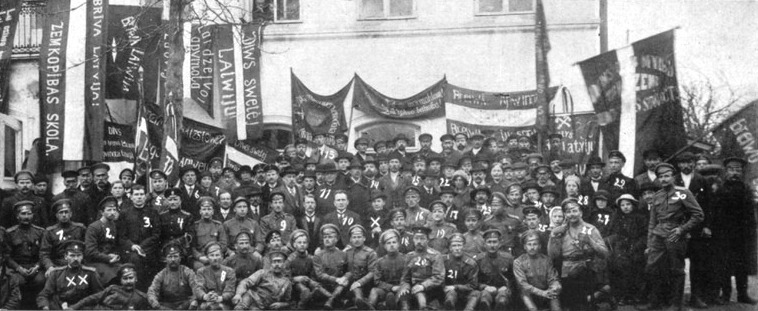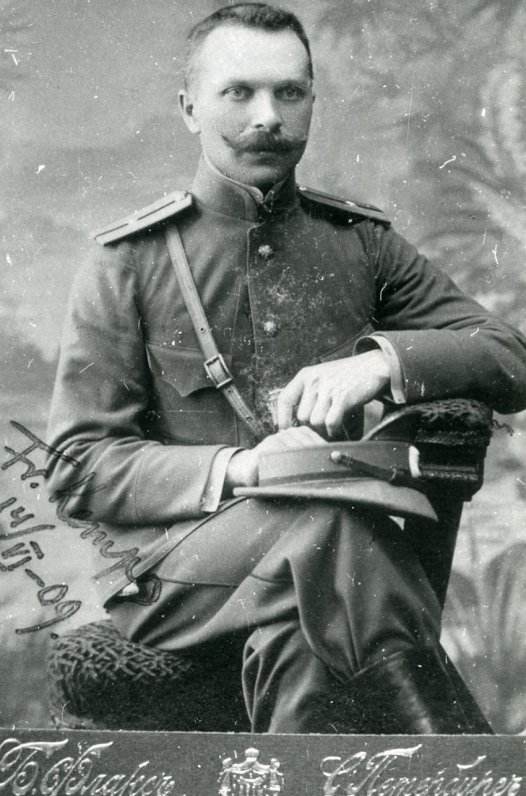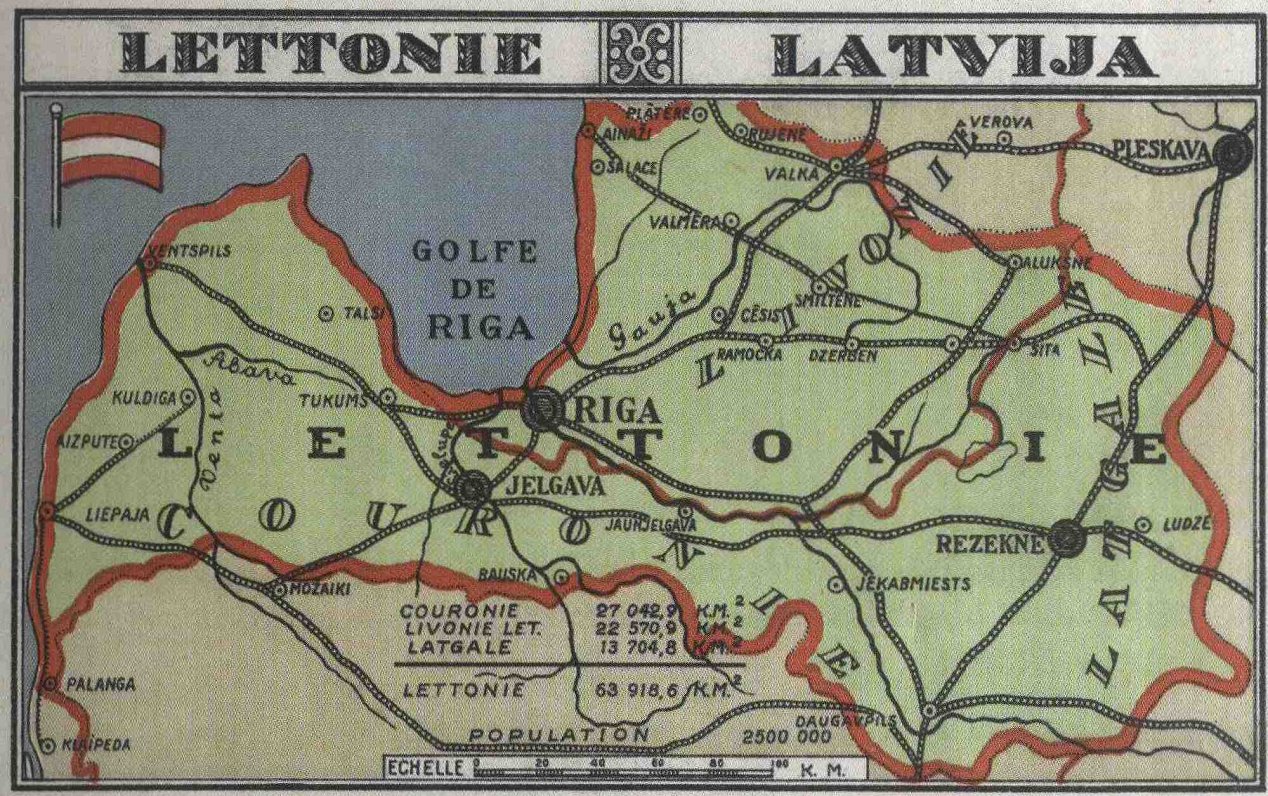For more than two centuries, Latgale had administratively been part of the interior Russian Empire, and for three centuries it had been separated from the other Latvian cultural regions. The region had been fighting to split off from the Vitebsk Governorate since the spring.
The most important facts:
1. Was it for unity or autonomy?
On May 9-10, 1917 the First Latgale Congress took place, where the Provisional Land Council of Latgale was set up, with Poles and Jews also welcome at the council. A resolution was adopted over splitting Latgale off from the Russian Vitebsk Governorate and uniting it with the rest of Latvia. It was the day the modern, political Latvian nation was born.
The Latgalians cheered their unity with the rest of Latvia and their common political interests with the rest of Latvians, tearing down an administrative, political, and cultural wall that had stood between them for centuries.

2. Two parties
There were two parties fighting about the political future of Latgale. Political leader Francis Kemps preferred autonomy for Latgale (he also came up with the current name of the region) as part of Russia, but his ideas were rejected. Meanwhile the vast majority of Latgalians preferred the ideas of another Francis - Francis Trasuns - who was supported by a number of clergymen, like Jāzeps Rancāns, Nikodems Rancāns, Kazimirs Skrinda, and others.

3. A deal with the devil
After the Bolshevik revolution of November 7, 1917, Latgalians saw they had a chance to put what they had planned at the congress into action. Previously the Russian Provisional Government had interfered with their plans, along with the local authorities. Lenin promised he'd support national autonomy, and Latvian Bolsheviks discussed making Latvia an administratively united entity.
Latgale's Latvians were ready to pledge loyalty to the Bolsheviks, in order to leave Russia and join the rest of Latvia more quickly.
To achieve this, local politicians staged the Second Latgale Congress on December 16-17, 1917.
Why is it important, or how Latgalians chose to leave Vitebsk
Just like the initial run, the Second Latgale Congress was a place for heated debate. The memoirs of the participants describe one delegate at the First Congress being thrown into the River Rēzekne, as well as a priest who was hit by a rock and another one who was beaten with a stick. Meanwhile Kemps' supporters complained that the priests want to sell Latgale to the čiuļi (derogatory term for Latvians other than Latgalians). But after failing to find favor, he left in a demonstrative fashion.
While the Second Congress saw the biggest fights break out between the delegates themselves. At times it was on the verge of becoming a mass brawl. Only late on the first day the delegates had calmed down enough so that they could elect a presiding council and the leader of the congress. A Bolshevik representative, Ernests Vīksniņš, was elected as a compromise figurehead; however Kemps' supporters called him a cheat, and the hall became so loud the congress was interrupted for two hours.
The next day the congress, almost unanimously, with 300 votes to three, supported the Bolsheviks' resolution. They put on a show of loyalty to achieve their ends. The congress was held on a Sunday, and the press asked local priests not to participate. Kemps even pretended to be a Bolshevik.
The next question on the agenda was whether Latgale was to join Vidzeme and Kurzeme (the other Latvian historical regions).
It was put to vote, and Latgale chose to join with 202 votes for, 74 against and 14 abstaining. Once again, Kemps left the congress.
Afterwards the congress elected the Provisional Council and called for another congress to be held in January 1918, to announce the unification of Latgale with Vidzeme and Kurzeme. During the interim the council had to make preparations for the impending decision.
On December 27, 1917 the Russian Council of People's Commissars issued a decree of separating the three Latgale's three counties - the Daugavpils, Rēzekne, and Ludza county - from the Vitebsk Governorate.
At that time, Latgale had been part of Russia for 145 years.



























